RHS Chelsea Flower Show 2020: Top tips for growing vegetables
Medwyn Williams, 11-time Gold medal winner at the RHS Chelsea Flower Show, gives his top growing tips.

Medwyn Williams shares his favourite tips for growing vegetables.
Medwyn first started growing radishes, mustard and cress when his father introduced him to gardening at the age of eight. For Virtual Chelsea, he shares his passion for growing all kinds of amazing vegetables.
TIPS FOR GROWING VEGETABLES
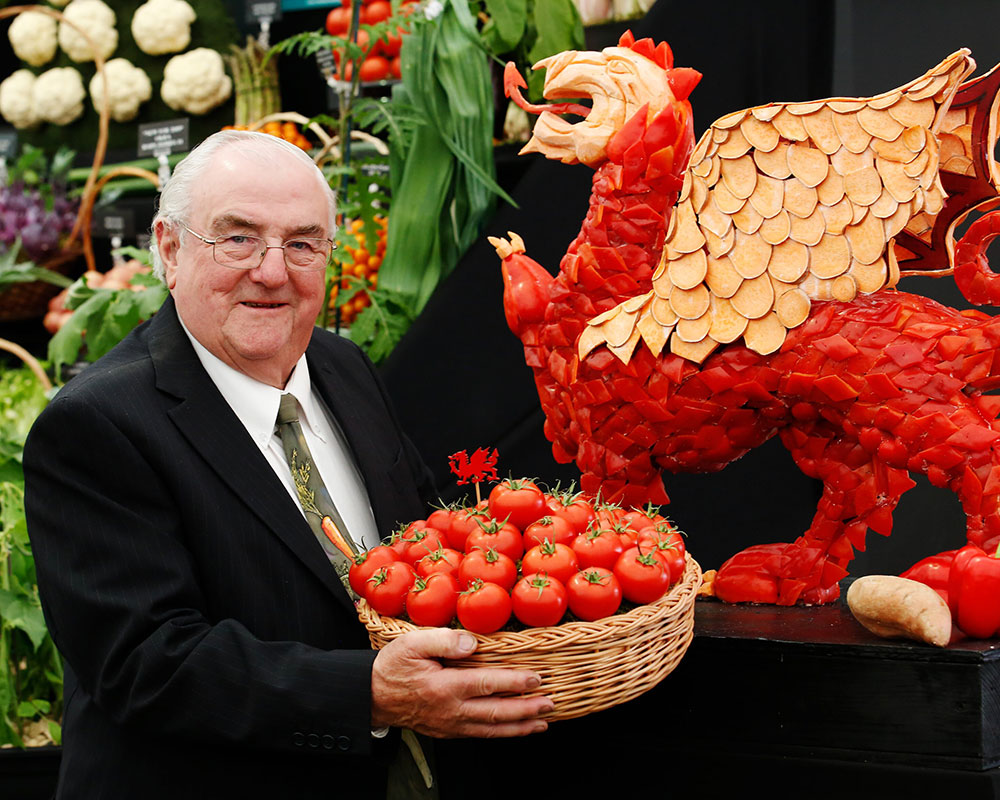
1. PARSNIPS
Anyone who’s been growing for a few years knows that good timing is key to a successful vegetable plot. For me, the ultimate midwinter delicacy is a parsnip, roasted in goose fat and honey; it’s a truly British vegetable, as our friends on the Continent tend to just use them as cattle feed!
As with many members of the carrot family, parsnip seed doesn’t stay viable for long, so fresh seed must be ordered in each year and any leftovers at the end of the season may as well be thrown away. It can be tempting, in the excitement of spring, to sow quite early, but it’s always better to wait a little, until the ground warms. Germination of parsnip seed can be a little erratic, so give them the best chance possible: when the soil is ready and warm enough for sowing, the telltale sign is that weed seeds start germinating.
When thinning parsnips or working around them in the summer, avoid the foliage making contact with the skin. This is especially important during hot, sunny weather as they can cause a phototoxic reaction (rather like that received from handling Euphorbia), resulting in some nasty blisters.
Although parsnips are grown as annuals, they actually have a biennial life cycle, growing for a season and storing energy in their tasty roots before flowering the next. Many vegetables have beautiful flowers, but those of the parsnip are among the best. Reaching up to 7ft tall, with large umbels of acid-green flowers in June, they’re architectural, to say the least, and Medywn's produce is certainly the best in show.
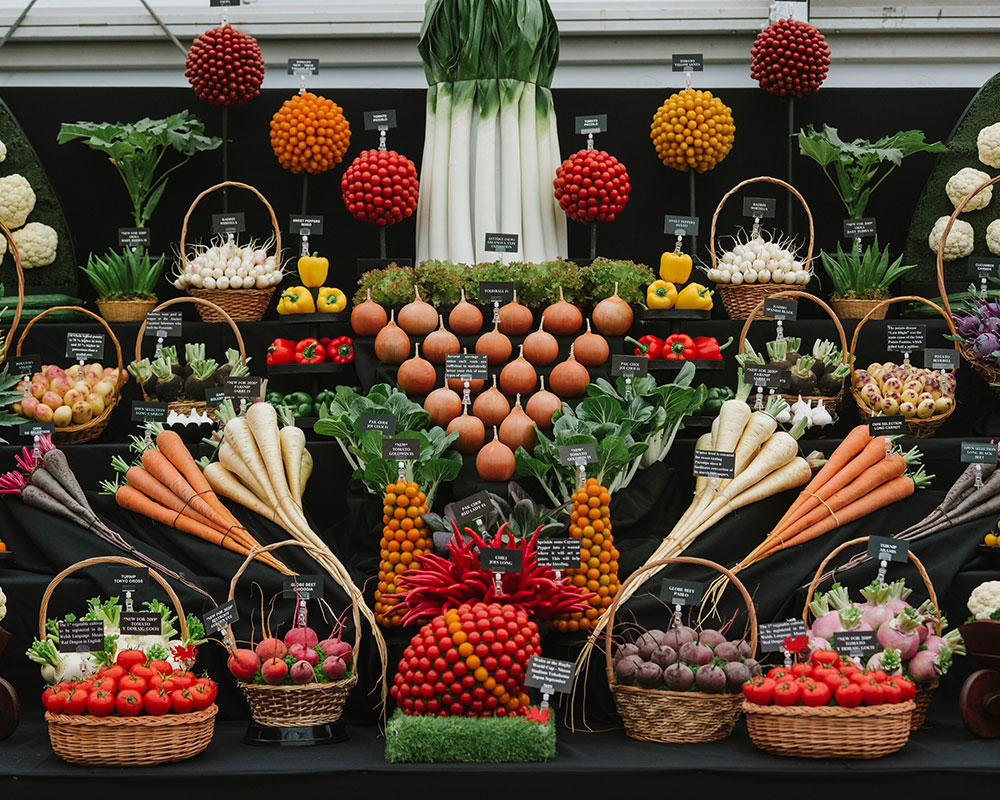
SeeRHS Chelsea Flower Show 2020: Create your own green oasis with the best indoor plants
Design expertise in your inbox – from inspiring decorating ideas and beautiful celebrity homes to practical gardening advice and shopping round-ups.
2. CARROTS
Although occasionally problematics, if certain conditions are met correctly, carrots are relatively easy to grow. ‘It is impossible to tell whether the carrot is perfect until the day of the show,’ says Medwyn. The starting point for getting it right is the soil.
‘All the vegetables I grow to maturity are in nothing more than 2 litre pots using Canna Coco substrate. A new venture for me using Canna products as I have always believed in soil to be the best growing medium for everything,’ says Medwyn.
Carrots will grow best in an open, sunny position. The soil should be dry and light, free from stones and not compacted. Alternatively, carrots can be sown in deep pots by scattering the seeds, the thinning out later on. Although the site should be dry, carrot seeds won’t germinate without moisture – therefore watering every day may be necessary until they emerge. If temperatures fall below 7°C, carrot seeds may not germinate at all.
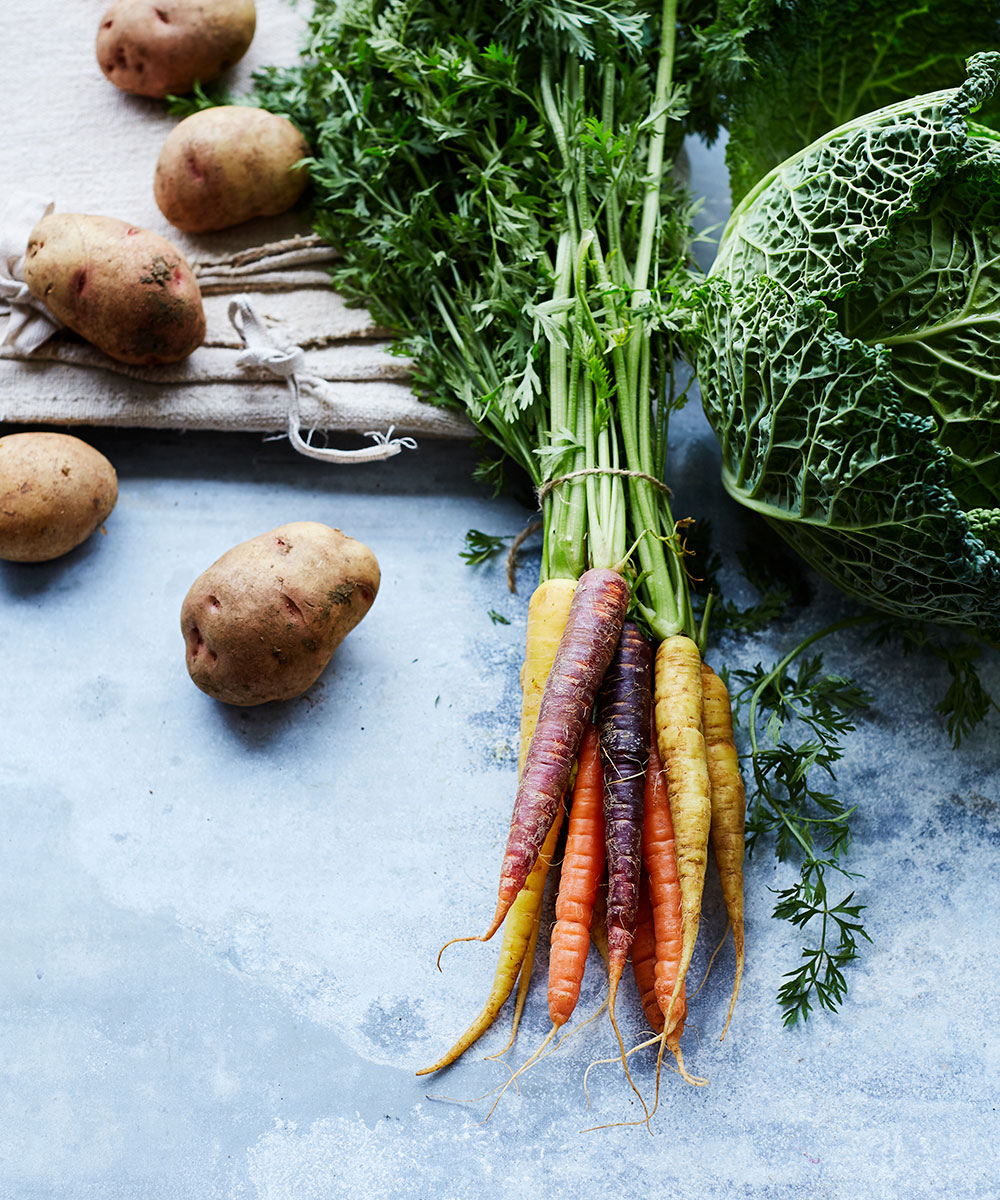
SeeRHS Chelsea Flower Show 2020: The Queen shares her favourite flower to mark this year’s event
3. ONIONS
Red or yellow, mild or strong, there’s an onion for every garden as long as you get the timings right, says Medwyn. Diligent weeding, careful spacing and good thinning are essential if you want the largest onions. If you want big onions, or intend to grow for show, sow as soon as possible under glass to get them going.
Onions prefer an open, sunny, sheltered position which is well drained but contains lots of well-rotted organic matter.
Onions develop yellowing foliage and a soft neck when they have finished growing. Do not bend the necks over: let the foliage go yellow, fall down and dry naturally before lifting the crop. Leave bulbs to dry out on the ground for a week to fully ripen. Then store in a cool, dry place.
For exhibition, lift onions 10-14 days before the show to give bulbs time to dry. 'What judges want is a uniform shape and size, with a firm texture and well-ripened, unblemished, dry skin,' says Medwyn.
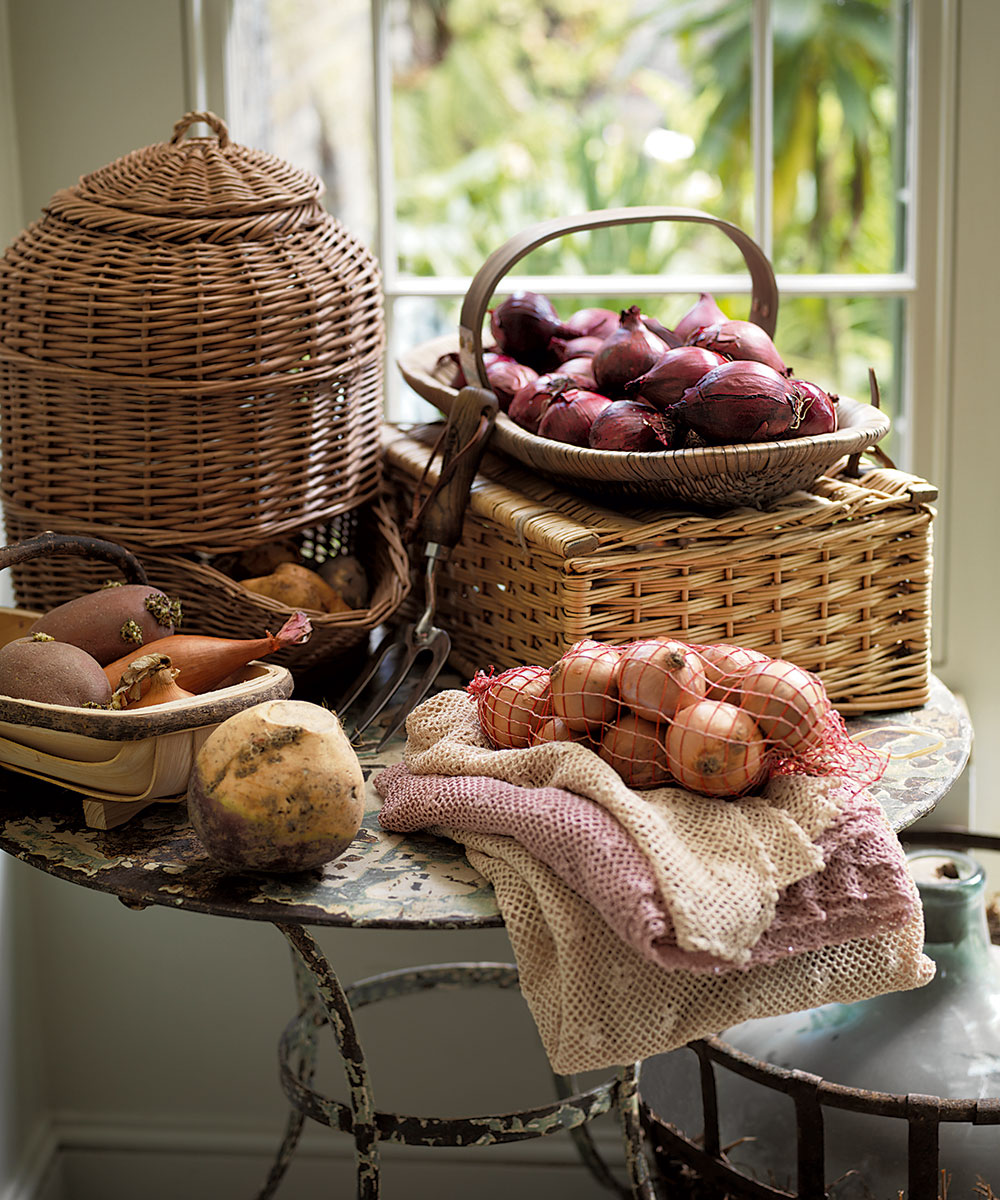
SeeRHS Chelsea Flower Show 2020: Sarah Eberle shares her top summer gardening tips
4. POTATOS
Potatoes were the mainstay of our diet during World War 2 and pretty well every bit of spare land was dug to grow them. Now the priority is quality rather than quantity and we have a much greater range of cultivars from which to choose.
There’s also been a switch from the open ground to containers, where there is much less chance of keel slug attack and, if grown as earlies, the avoidance of blight disease.
Medwyn uses Amour seed potatoes. The outstanding uniformity of size and colour, coupled with great all round disease resistance, make these seed potatoes a constant competition winner.
The judge's want to see 'Tubers of identical size and shape, with unmarked skin, shallow eyes and no signs of scab and scratches.'
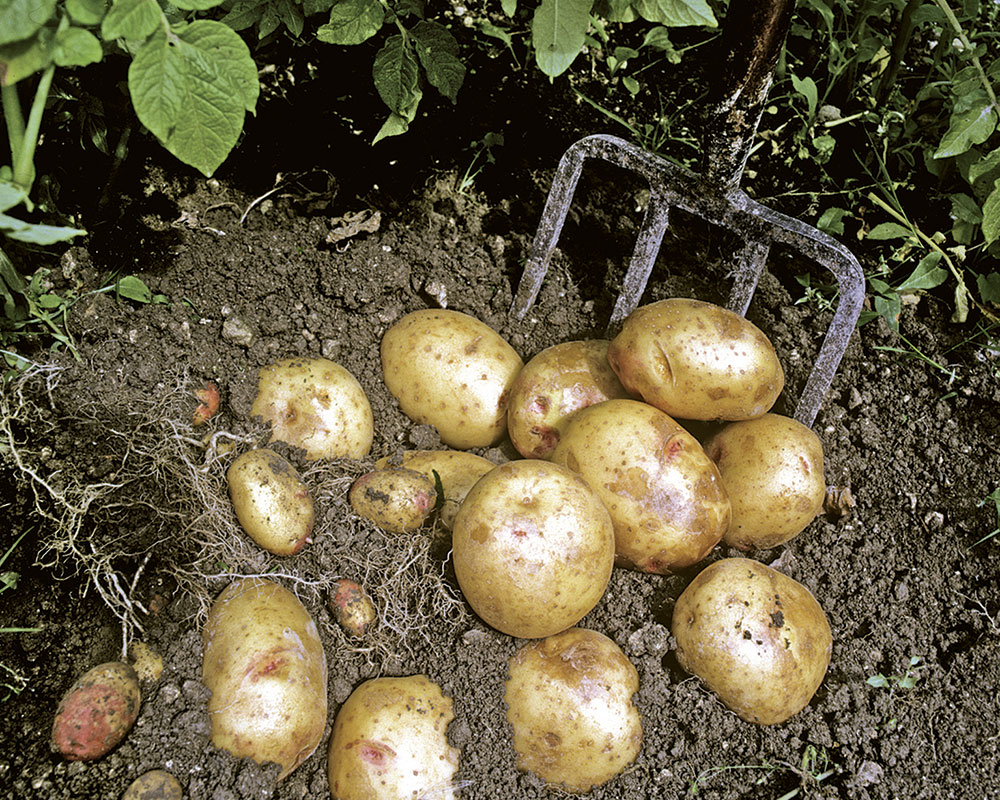
Medwyns of Anglesey, medwynsofanglesey.co.uk

Jennifer is the Digital Editor at Homes & Gardens, bringing years of interiors experience across the US and UK. She has worked with leading publications, blending expertise in PR, marketing, social media, commercial strategy, and e-commerce. Jennifer has covered every corner of the home – curating projects from top interior designers, sourcing celebrity properties, reviewing appliances, and delivering timely news. Now, she channels her digital skills into shaping the world’s leading interiors website.